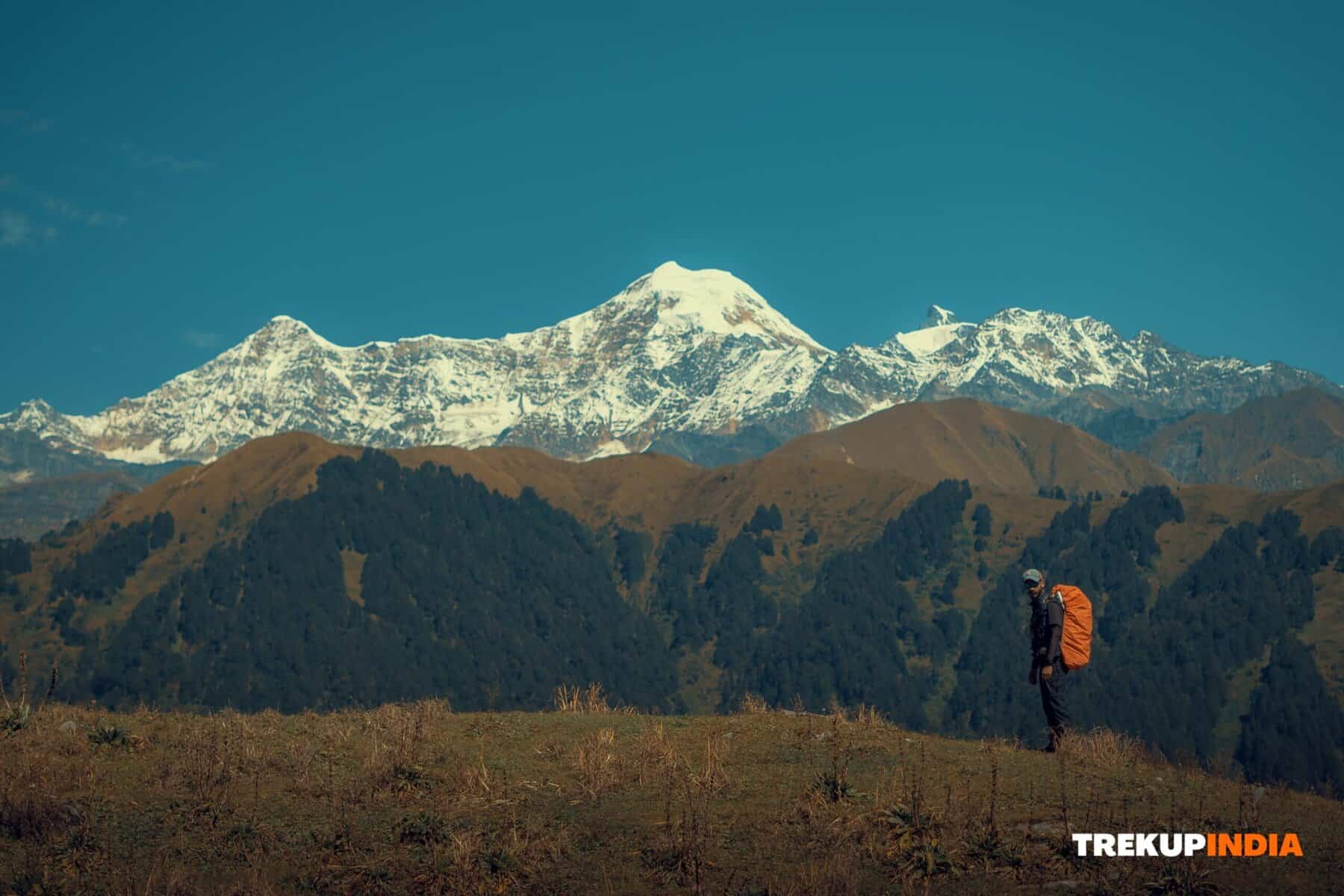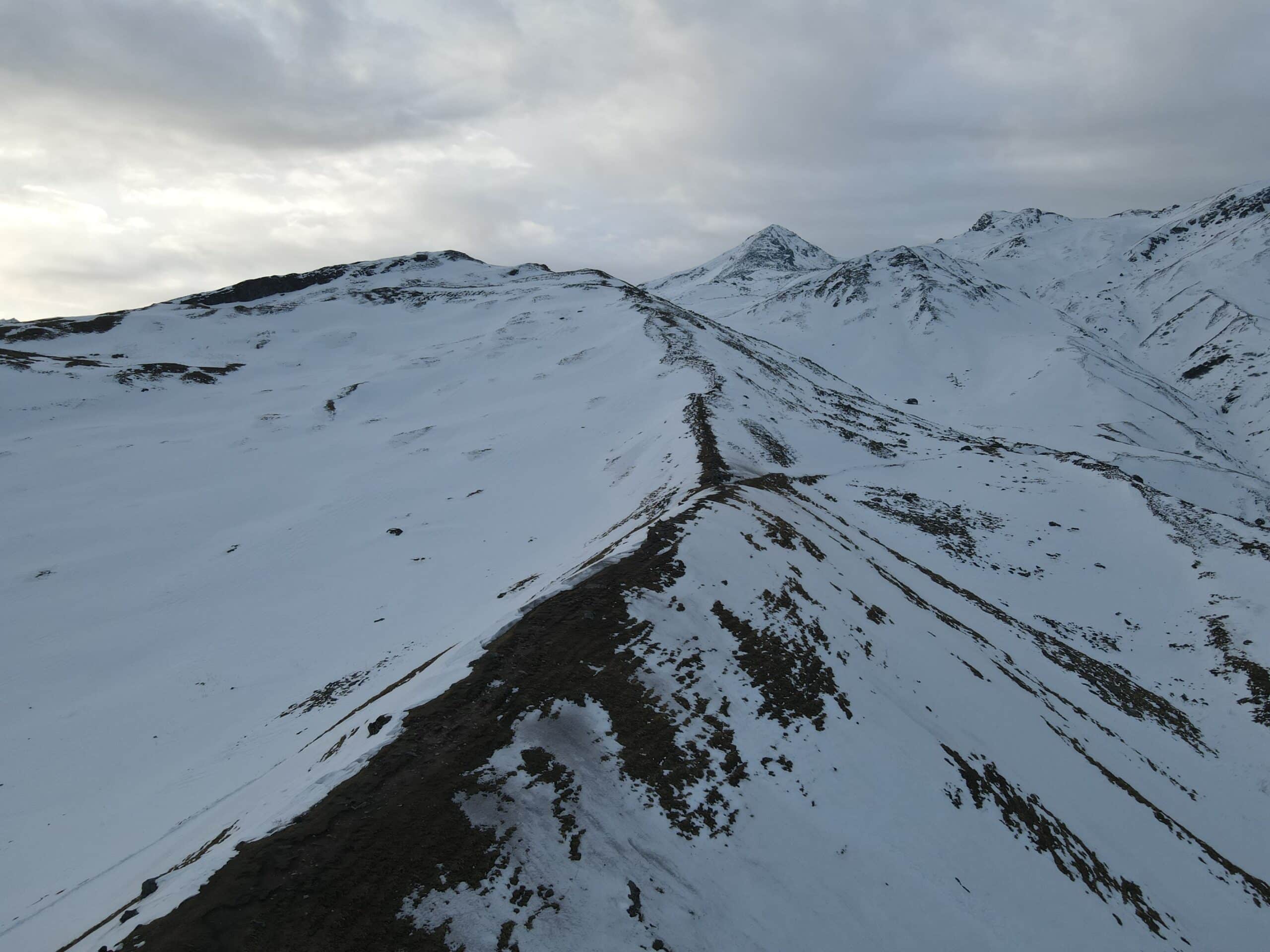Trekking During Monsoon: Tips for Safe Trekking During Rainy Season
Trekking in the Indian Himalayas is best experienced in the monsoon season, as the mountains are lush green with gushing rivers and new waterfalls. When the rain falls on the mountains, it transforms the majestic mountain vistas into verdant beauty. To enjoy and have the best experience in the monsoon season, one should also consider the challenges and risks they might face. All this could be avoided if you navigate the trails in the rainy season by carefully planning, preparing, and being aware of the potential risks. While trekking during the monsoon season is an enchanting experience, it is essential to remember the risks, like heavy rainfall, slippery trails, and unpredictable weather conditions. Proper planning and preparation are crucial aspects of safe trekking in the monsoon. Like buying quality rain gear, like waterproof jackets, pants, and trekking boots, to keep yourself comfortable and dry. The monsoon is the best time to trek, so you mustn’t let the rain stop you. This article will discuss Navigating the Monsoon: Tips for Safe Trekking During the Rainy Season.
Understanding the Terrain
Before going on the trek, it is essential to be thoroughly aware of the terrain and trail conditions. The trail becomes more difficult than usual if you can trek in such conditions as during the rain. The trail on which you would be going should be less prone to landslides or flooding but in the case of going with trekking companies like Trekup India. The mountain experts and the team are taking care of these things with you. You should keenly understand the trail’s topography to help yourself and others if the need arises to take an alternative route. Awareness of steep slopes, rocky terrain, and river crossings is essential, which can be dangerous in heavy rain.
Preparation is Key
The second important tip to remember while thinking of trekking during the rainy monsoon season is preparation. Invest in quality rain gear, such as waterproof jackets, pants, and hiking boots, to keep yourself dry and comfortable in the rain. You should pack extra layers of clothing, emergency supplies, and a well-equipped first-aid kit. If you do not have waterproof clothing, be sure to have quick-dry clothing. The second important thing during the trek is the trekking pole, which would provide extra stability on slippery trails. Also, pack your backpack carefully so that the weight is distributed equally, which will help you walk properly and comfortably. Pack everything in your bag in a waterproof casing to avoid getting wet.
Trekking Smart During the Monsoon
Get Going Early: Heavy showers are expected during monsoon afternoons. Start your hike early in the morning to avoid getting caught in downpours.
Be Aware of the Trail: Look for flood-prone areas, loose rocks, and falling debris. Slow down and take shorter steps to improve your balance on slippery terrain.
Keep Yourself Hydrated, But Use Caution: Although staying hydrated is essential, avoid stagnant water sources. Carry enough filtered water with you, and consider using pills for water purification.
Layer Up: Because monsoon weather might be erratic. Wear layers to stay cool in changeable weather and to keep from perspiring all over yourself.
Respect Nature: By not attempting to climb slick cliffs or cross rushing rivers. Should the weather seriously deteriorate, be ready to head back.
Safety Measures
Remember that safety comes first. By heeding these suggestions and exercising sound discretion, you can experience the magic of the monsoon trails and make lifelong memories.
Keep Up:
- Remain informed about trail conditions and potential dangers encountered on your journey.
- Watch for indicators of approaching rain, such as dark clouds, brisk gusts, or far-off thunder.
- Avoid crossing streams or rivers when it rains a lot since they can suddenly swell and become dangerous.
- Wait for a drop in the water level before crossing.
- Avoid places that are prone to landslides and steep slopes.
Consider the Leech: You can do several things to protect yourself against them and recover from leech bites before, during, and after your hike. Keep your cool and carry on with the hike. After the walk, you can apply turmeric to halt the bleeding and remove the leeches by flicking them away or by rubbing some table salt, which will make them fall.
Avoid Insects: Be prepared to be accompanied by many mosquitoes. It is essential to carry mosquito repellents. They will also help keep you safe from mosquito-borne diseases.
Staying Energized and Hydrated: Keeping up energy is essential as it will help you trek faster. Energy can be gained by keeping some healthy protein or snack bars, which will immediately boost your energy while you are on the trek. Staying energized will also help you maintain your body temperature, which is essential due to the changing weather. Fresh water on the trail is also necessary, as it will be difficult during rain, so carrying and drinking water with you is essential.
Right: Walking right is the next important thing to keep yourself safe during the trek. If you walk fast, your chances of falling and injuring yourself are higher, so walking carefully on slippery surfaces is essential. Also, walking fast may drain your energy, making it difficult to proceed on the trek.
Keeping a First Aid Kit Ready: It is essential to keep a First Aid Kit ready with medicines like antibiotics, medicine for fever, allergies, diarrhoea, sprain relief, painkillers, sun skin cream, and other items like bandages, thermometers, and gloves.
Safety Measures Taken by Trekup India Adventure Pvt. Ltd.
Trekking with Trekup India is safe because they have a team of trek leaders qualified in Wilderness first-aid and complete information about high-altitude sickness.
- Trekup India prefers to know the trekker’s medical condition to determine whether the trekker is fit for trekking.
- Our team carries a first-aid kit with all essential medicines during the trek. In addition to the medical kit, we have a portable altitude chamber and medical oxygen for all high-altitude treks.
- Trekup India has hundreds of guides and trainers who serve trekkers in the mountains. These guides and trainers are professionally trained at the Nehru Institute of Mountaineering, Indian Mountaineering Foundation Delhi, and Hanifle Center Outdoor Education Mussoorie.
- All the team leaders involved in trekking have already undergone several professional courses in first aid, portable altitude chamber training, CPR, environmental awareness training, and advanced wilderness emergency medicine.
- The Trekup India team maintain communication with the office via wireless sets.
Share this article
Want To Trek Like Pro?
Check out the following videos if you want to trek like a pro trekker and improve your skills. These videos contain helpful tips, tricks, and techniques to help you trek like a pro. Whether you’re a beginner or an experienced trekker, these videos can provide valuable insights to enhance your trekking experience. So, watch the videos below by Trekup India experts to take your trekking skills to the next level.







Know Everything About Acute Mountain Sickness
Acute Mountain Sickness is a medical condition that can occur when individuals travel to high altitudes, typically above 8,000 feet. It is caused by the decrease in air pressure and oxygen levels in the air as altitude increases. Symptoms of Acute Mountain Sickness may include headache, nausea, vomiting, dizziness, and difficulty sleeping. To avoid Acute Mountain Sickness, it is important to gradually adjust to high altitudes and seek medical attention if symptoms worsen. To learn more about this condition, check out the videos by Trekup India.









